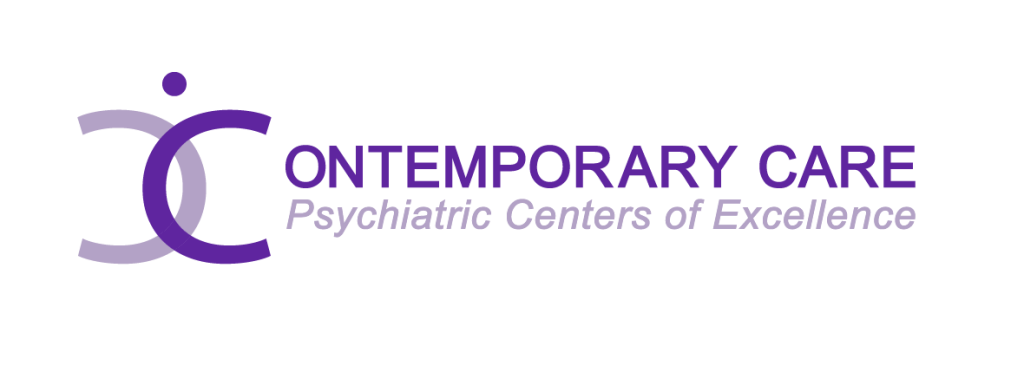Originally an anesthetic, ketamine has found new life as a solution when other treatments aren’t working.
Ketamine infusion therapy is becoming the go-to for people dealing with severe mental health issues, severe depression, and chronic pain. But what is ketamine infusion therapy? It is done by giving low doses of ketamine through IVs.
Why Is Ketamine Therapy Getting Attention?
One big reason is how fast it works. Many drugs take weeks and sometimes months before the commencement of their action, while ketamine starts alleviating symptoms within hours. This is a big deal for people who need relief fast, especially those who haven’t found success with traditional methods.
What Is Ketamine Infusion Therapy?
It’s giving ketamine intravenously in a clinical setting so that it can drip into your body slowly.
Ketamine infusion therapy is the new treatment for mental health conditions. Originally an anesthetic, ketamine is therapeutic in low doses.
Ketamine infusion therapy interacts with the brain’s neurotransmitters, specifically glutamate. This grows new neural connections and can relieve some depression symptoms, anxiety, and chronic pain in hours or days, unlike traditional antidepressants that take weeks to work. Ketamine was initially used as an anesthesia medicine.
What Are Mental Health Conditions Treated By Ketamine Infusion Therapy?
Other than Major depressive disorder Ketamine is effective for anxiety disorders, PTSD, OCD, bipolar disorder and many other mental health conditions.
Major Depressive Disorder (MDD)
Particularly for the treatment of severe and treatment-resistant depression, ketamine infusion therapy has received attention. While most available antidepressants take weeks to be effective, ketamine infusion therapy can be effective within hours. So, if you’re wondering what is ketamine infusion therapy, it’s a new hope for people with treatment-resistant depression.
Anxiety Disorders
Most treatments for anxiety focus on long-term medications or therapy; ketamine infusion can work in almost immediate anxiety relief. What is ketamine infusion in this case? It’s an infusion nasal ketamine that balances brain chemicals fast and controls symptoms.
Post-Traumatic Stress Disorder (PTSD)
Ketamine infusion therapy has been life-changing for many people battling post-traumatic stress disorder, especially when other treatments haven’t brought the relief they needed. It’s given them a real sense of hope and relief.
Infusion therapy with ketamine works faster on PTSD symptoms and helps the patients deal with their flashbacks, anxiety, and emotional pain. This is a new option for those who have tried traditional PTSD therapies.
Bipolar Depression
People with bipolar disorder face the challenge of treating depressive episodes affects mood down, which can be medication-resistant. Ketamine infusion therapy has a unique benefit in this area. By targeting specific brain receptors, this therapy can work on depressive symptoms without triggering manic episodes, which is critical in bipolar depression management.
So, what is ketamine infusion therapy in bipolar depression? It’s a way to treat depression manage mood disorders that swings fast.
Obsessive-Compulsive Disorder (OCD)
Ketamine infusion therapy is still new, but it’s becoming an option for OCD. Traditional OCD treatments can take months to show progress, but ketamine infusion therapy can speed up the process and work faster than conventional methods. For patients with intrusive thoughts and compulsive behaviors, this is a quicker way to get suicidal thoughts back in control.
Complex Regional Pain Syndrome (CRPS)
CRPS is a condition that doesn’t respond to traditional treatments. Ketamine infusion is a solution for those with nerve pain. By blocking NMDA receptors in the brain, ketamine infusion reduces the pain signals CRPS patients feel when other treatments have failed. If you’re wondering what ketamine infusion is, it’s the IV administration of ketamine in a controlled environment with a healthcare professional.
Neuropathic Pain
For those with neuropathy, ketamine infusion is a solution when other treatments don’t work. Neuropathic pain can be challenging to manage, but ketamine’s ability to change how your body processes pain signals makes it a promising option when other treatments fall short. When you start asking what is ketamine infusion, it’s essential to know that this therapy targets the brain’s opioid receptors, offering relief for those struggling with nerve pain.
Migraines And Cluster Headaches
Migraines and cluster headaches can ruin your life when they become chronic. Ketamine infusion has become more mainstream as a solution for patients who have been experiencing severe headache symptoms unrelieved by standard therapies. Ketamine can quickly lessen the frequency and intensity of migraines by changing the way the brain processes pain signals. Patients looking to medical professionals for answers to ketamine infusion for migraines should know it’s given in low, safe doses to manage pain.
Is Ketamine Infusion Therapy Right for You?
A detailed conversation about benefits, side effects, and long-term results will make receiving ketamine for infusion therapy an informed decision.
Factors To Consider
Before you decide if ketamine infusion therapy is a promising treatment for you, consider your current diagnosis and treatment history. If traditional medications or therapies haven’t worked for you, ketamine infusion therapy may be an option, especially for mental health conditions like depression or chronic pain.
Before taking iv ketamine infusion therapy, talk to your doctor about what ketamine infusion therapy is. They can help you figure out how this fits into your treatment plan.
Who Should Not Have Ketamine?
Ketamine infusion therapy is safe for most people, but some should avoid it. For example, people with a history of heart problems, uncontrolled high blood pressure, or severe substance abuse may be at higher risk. Knowing what ketamine infusion therapy is and its contraindications is critical to avoiding complications. Talk to your doctor about your medical history and current medications before having ketamine infusion therapy.

The Process: What to Expect from Ketamine Infusion Therapy?
Where common antidepressants, known as selective serotonin reuptake inhibitors (SSRIs), focus on regulating the hormone serotonin. Some patients may also consider ketamine nasal spray as an alternative to infusion therapy.
How Does Ketamine Treatment Work?
Ketamine works differently than antidepressants. Ketamine treatment works by interacting with key receptors in the brain, including AMPA receptor and N-methyl-D-aspartate (NMDA) receptors.
Administered in low doses during a first IV ketamine infusion session in a doctor’s office It can create dissociative effects such as feeling disconnected or experiencing double vision, but these usually subside within a few hours.
Most patients undergoing ketamine treatment require six infusions over two to three weeks to achieve the best results, especially for conditions like depression and suicidal ideation. The treatment helps facilitate communication between neurons and enhances the brain’s ability to regulate mood.
Vital signs are monitored closely, particularly in high doses or when larger doses are administered. Off-label, ketamine therapy has been found effective for patients who have not responded to several medications for depression.
Following the first infusion, many patients feel improvement, and the treatment is carefully adjusted based on individual responses.
How Sessions Are Conducted?
The treatment is a mix of two mirror-image molecules, which are called “R” and “S” ketamine. The FDA approved its use decades ago for use as an anesthetic. Ketamine therapy is conducted in a medical setting or ketamine clinic, often under the supervision of a healthcare professional. The treatment is delivered intravenously, allowing for precise control over the dosage.
Patients are usually seated or reclined in a comfortable chair, and the treatment session typically lasts between 40 minutes to an hour. Ketamine is approved for use at high doses as an anesthetic in the operating room.
Duration, Side Effects, Follow-Up
Each infusion is unique to the individual and their response to ketamine treatment. Most people experience mild side effects like dizziness, nausea, or feeling disconnected, which disappear within minutes of the session.
Follow-up with health care providers is essential to monitor progress and adjust treatment as needed. Your provider will walk you through the process and recommend additional sessions or treatments based on your response to ketamine infusions.
Patients who do ketamine infusions get relief from symptoms quickly, especially those with treatment-resistant depression or chronic pain. Results iv ketamine infusions vary, but many patients see improvement after a few sessions, so it’s an option for those with psychiatric disorders who have tried everything else.
Take The Next Step Toward Feeling Better With Contemporary Care Centers
At Contemporary Care Centers, we know how tough it can be to find the right treatment for mental health challenges or chronic pain. Our team is here to help, offering personalized care that fits your unique situation. Whether you’re dealing with depression, PTSD, or ongoing pain, we have options designed to bring you real relief. Ready to take the first step toward feeling better? Get in touch with us today to schedule a consultation, and let’s work together to get you back on track to a healthier, happier life. You deserve it!



